As the AI ecosystem rapidly evolves, a new category of tools has emerged: AI for AI. These platforms are specifically designed to enhance, optimize, or automate interactions between different AI systems—whether it’s generating better prompts, refining model outputs, chaining multiple AI tasks, or integrating language models into workflows. This page highlights the top tools that help you get more out of the AI systems you already use, comparing both free and paid options that boost efficiency, scalability, and precision. Whether you're a developer building advanced workflows, a researcher testing model outputs, or a power user looking to automate prompt chains, these tools offer a smarter way to interact with and extend AI capabilities. We’ve ranked each tool based on innovation, ease of use, compatibility, and feature set. If you're looking to supercharge your AI stack in 2025, this guide covers the best tools designed to work alongside or on top of today’s leading AI models.
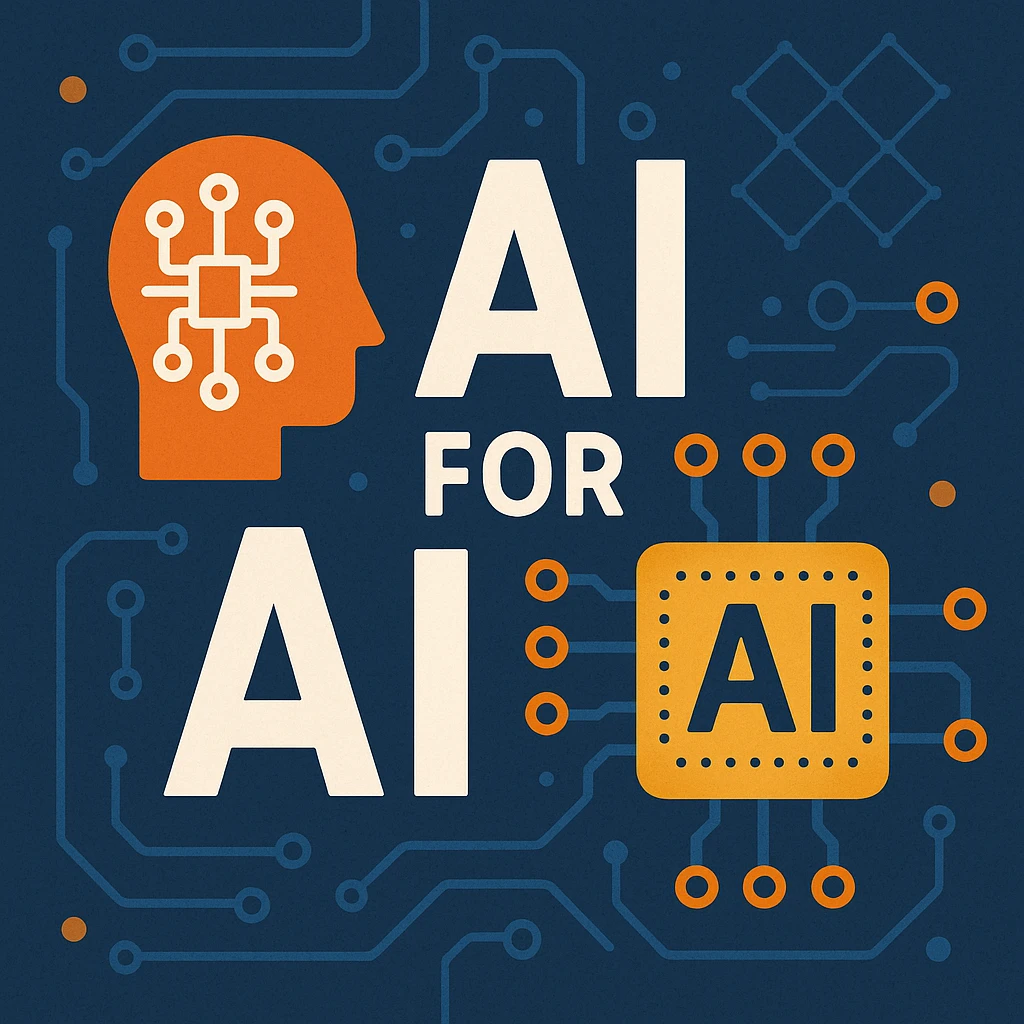
Top Paid AI Tools for Creating AI
| Rank | Tool | Focus | Price | Best For |
|---|---|---|---|---|
| #1 | OpenAI Platform | Custom GPTs + fine-tuning | Pay-as-you-go | Agents, apps, workflows |
| #2 | Vertex AI | AutoML + LLM integration | Usage-based pricing | Enterprise & ML engineers |
| #3 | Scale AI | Data labeling + model evaluation | Custom quotes | Training foundation models |
| #4 | Gretel AI | Synthetic data generation | From $25/month | Privacy-safe training |
| #5 | Weights & Biases | Experiment tracking | Free + Pro plans | AI model training pipelines |
OpenAI Platform
OpenAI’s platform provides a powerful and flexible environment for building AI tools without needing to train models from scratch. Developers can fine-tune GPT models, create Custom GPTs with personality and memory, and use the Assistants API to integrate multimodal reasoning, tools, and functions. It's particularly well-suited for building AI agents, productivity bots, customer-facing applications, and workflow automations. With usage-based pricing, it scales well for both solo developers and enterprise-grade apps.
Vertex AI
Vertex AI by Google Cloud is a robust platform for building, training, and deploying AI models. It supports AutoML, custom training, and foundation model integration, including the Gemini family. Users can manage datasets, build pipelines, access model evaluation tools, and deploy scalable endpoints — all within Google’s cloud infrastructure. Vertex AI is ideal for enterprises and ML engineers who want full-stack control with reliable cloud support.
Scale AI
Scale AI is a data infrastructure company focused on high-quality training and evaluation data for AI models. It offers tools for human-in-the-loop data labeling, red-teaming, safety testing, and LLM evaluation — especially for teams working on foundational models or safety-critical AI. Its services are widely used in industry and government to prepare large datasets for training or to benchmark model outputs. Pricing is custom based on volume and complexity.
Gretel AI
Gretel helps developers and organizations generate synthetic data that mirrors real datasets without compromising user privacy. This is especially useful when training models on sensitive or regulated data, such as in finance, healthcare, or education. Gretel allows teams to augment small datasets or build privacy-preserving AI pipelines using statistically sound synthetic data. It offers APIs, dashboards, and SDKs starting from $25/month, making it accessible even to smaller teams.
Weights & Biases
Weights & Biases (W&B) is a favorite among machine learning engineers for managing experiments, hyperparameters, datasets, and model versions. It offers live dashboards, collaborative logging, and seamless integrations with tools like PyTorch, TensorFlow, and Hugging Face. W&B helps teams accelerate research, debug issues visually, and compare model runs across projects. The free tier is generous, and pro plans unlock more collaborative and enterprise features.
Top Free AI Tools for Creating AI
| Rank | Tool | Focus | Limitations | Ideal Use |
|---|---|---|---|---|
| #1 | LangChain | LLM agents & pipelines | Developer setup required | LLM app builders |
| #2 | Hugging Face | Pretrained models + training | Compute costs offloaded | Open-source AI development |
| #3 | AutoGen | Multi-agent workflows | Experimental API | AI agent research |
| #4 | Flowise AI | No-code LLM pipelines | Host yourself | Visual AI app builders |
| #5 | OpenPipe | Low-cost fine-tuning | Beta-stage limitations | Startup-friendly AI |
LangChain
LangChain is the most widely adopted framework for building AI agents and LLM-based workflows. It allows developers to chain together LLM calls, tools, memory, retrievers, and more — enabling sophisticated multi-step reasoning. Common use cases include retrieval-augmented generation (RAG), autonomous agents, and decision trees powered by language models. It’s open source, actively maintained, and used in both research and production.
Hugging Face
Hugging Face is the go-to platform for open-source AI development. It hosts thousands of pretrained models (including BERT, LLaMA, Whisper, and more), along with datasets, training scripts, and community-built applications. Developers can fine-tune models, use inference APIs, and collaborate in open Spaces. It supports both cutting-edge research and practical deployment with robust documentation and an active user base.
AutoGen
AutoGen is a framework developed by Microsoft for building multi-agent systems that collaborate to solve tasks. It supports task planning, reflection, critique, and autonomous retries between agents. Although still in active development, it has gained traction in the research community for its flexible architecture and ability to simulate complex, multi-step reasoning. It’s particularly useful for prototyping AI research agents and experimenting with advanced coordination logic.
Flowise AI
Flowise is a visual, no-code interface for building LangChain workflows. Users can drag and drop elements like LLMs, retrievers, tools, and logic blocks to construct functional AI apps without writing code. It's ideal for educators, prototypers, and non-technical teams. Flowise runs locally or on your own server, giving users more control over data privacy and deployment.
OpenPipe
OpenPipe is a tool designed to help developers fine-tune models efficiently and affordably. It caches previous OpenAI completions and uses them to train adapters that mimic the original model’s behavior, reducing ongoing API costs. While still in beta, it’s a promising tool for startups and indie devs who want to personalize AI behavior without incurring the full cost of frequent API calls.
Rankings

Chatbots
AI chatbots have quickly evolved from simple assistants into powerful, multi-purpose tools used by millions of people every day...

Image Generators
AI image generators are revolutionizing the way creatives, marketers, and developers produce visual content by transforming text prompts into detailed, customized...

Writing Assistants
AI writing assistants have become indispensable tools for anyone who writes — from students and bloggers to business professionals and marketers...
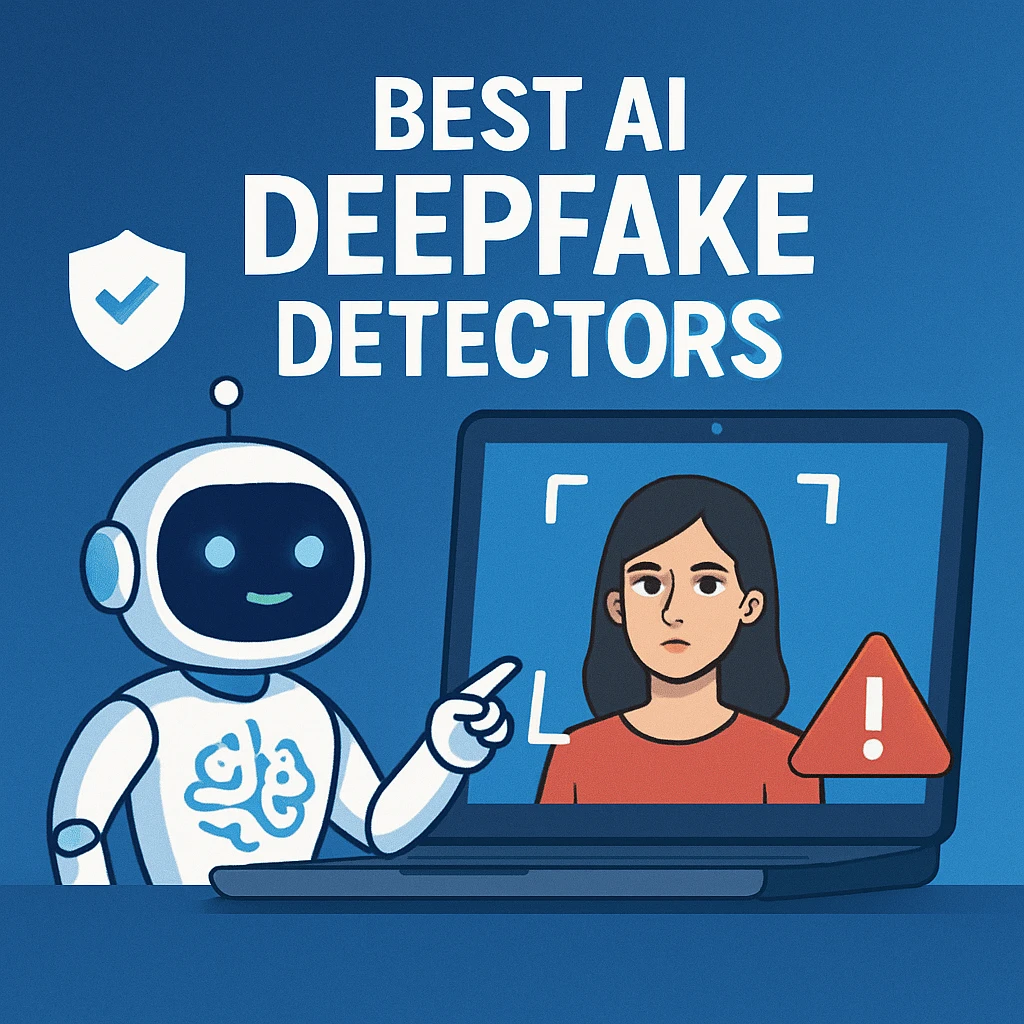
Deepfake Detection
As deepfake technology becomes more advanced and accessible, detecting AI-manipulated content is now a critical challenge across journalism, education, law, and...

Productivity & Calendar
AI productivity and calendar tools have become essential for professionals, entrepreneurs, and students looking to make the most of their time without getting overwhelmed...
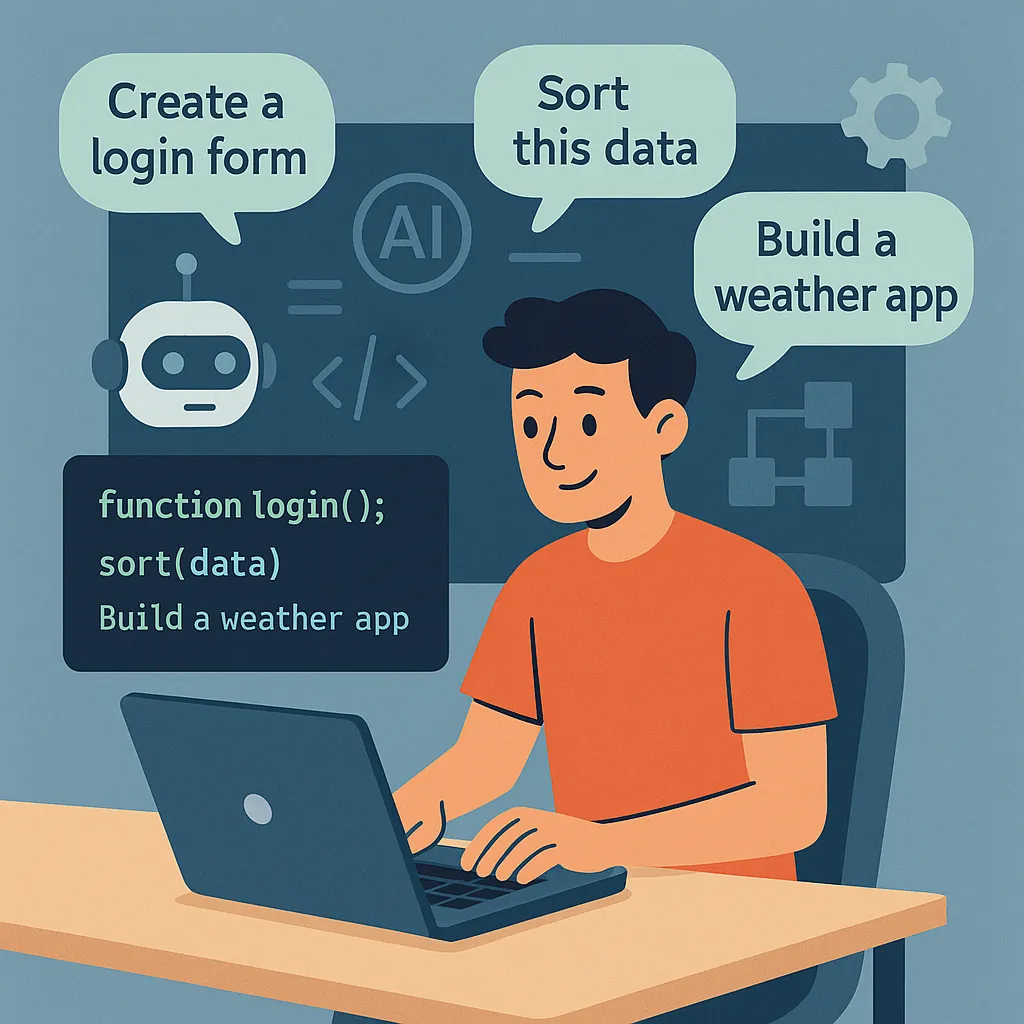
Natural Language To Code
Natural language to code tools are transforming software development by enabling users to build apps, websites, and workflows without needing advanced programming...
Blog
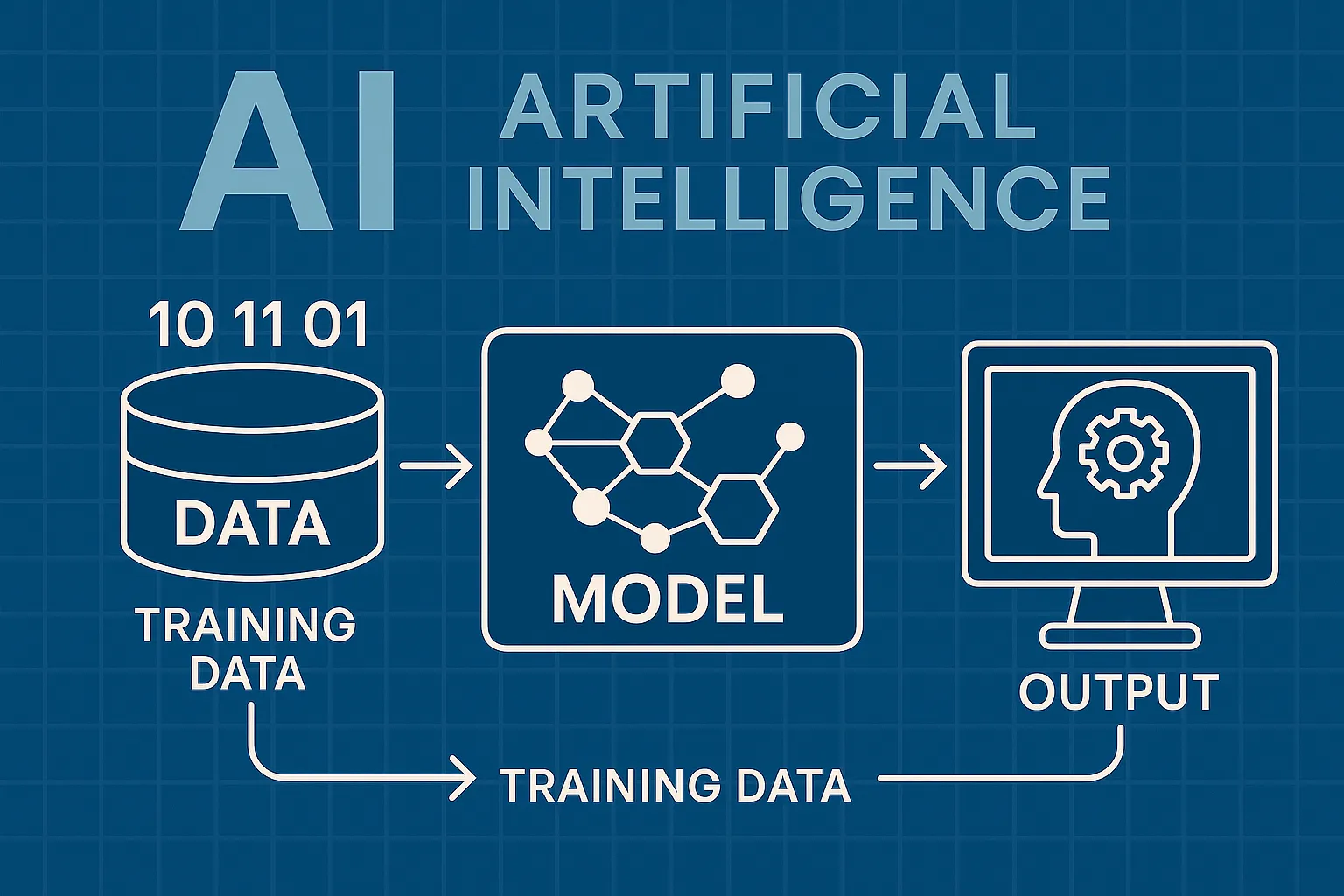
How AI Actually Works
Understand the basics of how AI systems learn, make decisions, and power tools like chatbots, image generators, and virtual assistants.

What Is Vibe Coding?
Discover the rise of vibe coding — an intuitive, aesthetic-first approach to building websites and digital experiences with help from AI tools.
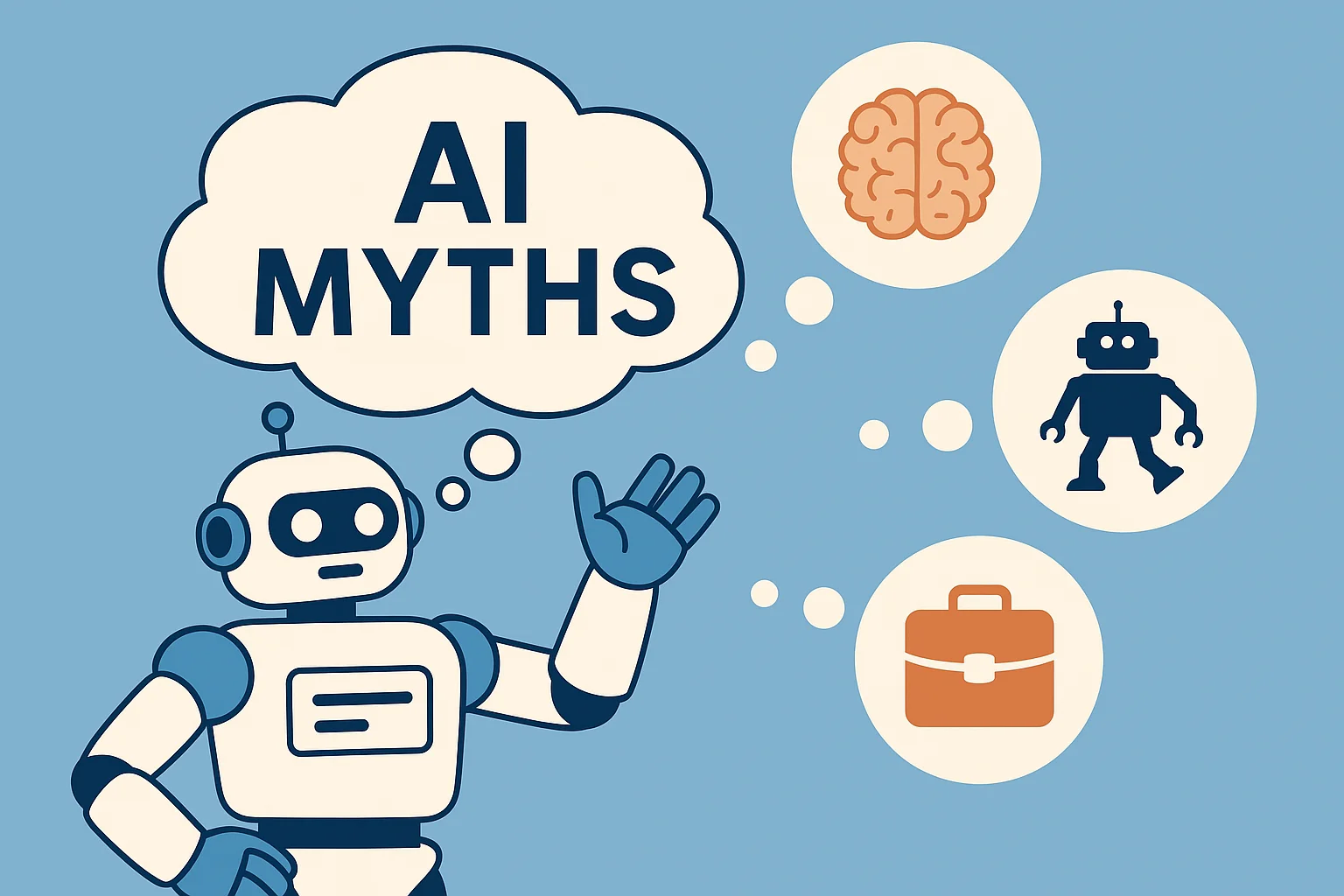
7 Common Myths About AI
Think AI is conscious, infallible, or coming for every job? This post debunks the most widespread misconceptions about artificial intelligence today.

The Future of AI
From generative agents to real-world robotics, discover how AI might reshape society, creativity, and communication in the years ahead.
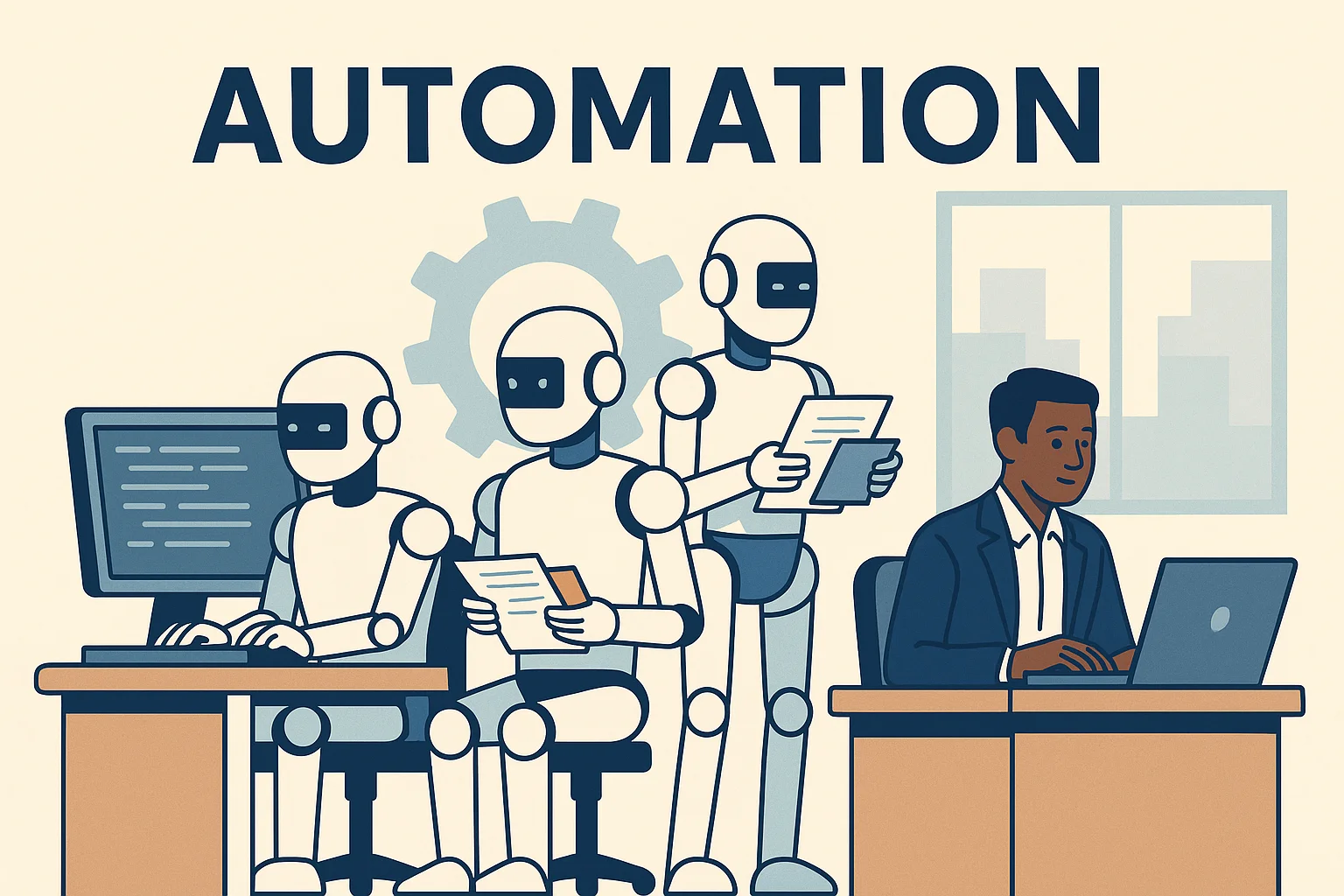
How AI Is Changing the Job Market
Will AI replace your job — or create new ones? Explore which careers are evolving, vanishing, or emerging in the AI-driven economy.

Common Issues with AI
Hallucinations, bias, privacy risks — learn about the most pressing problems in current AI systems and what causes them.